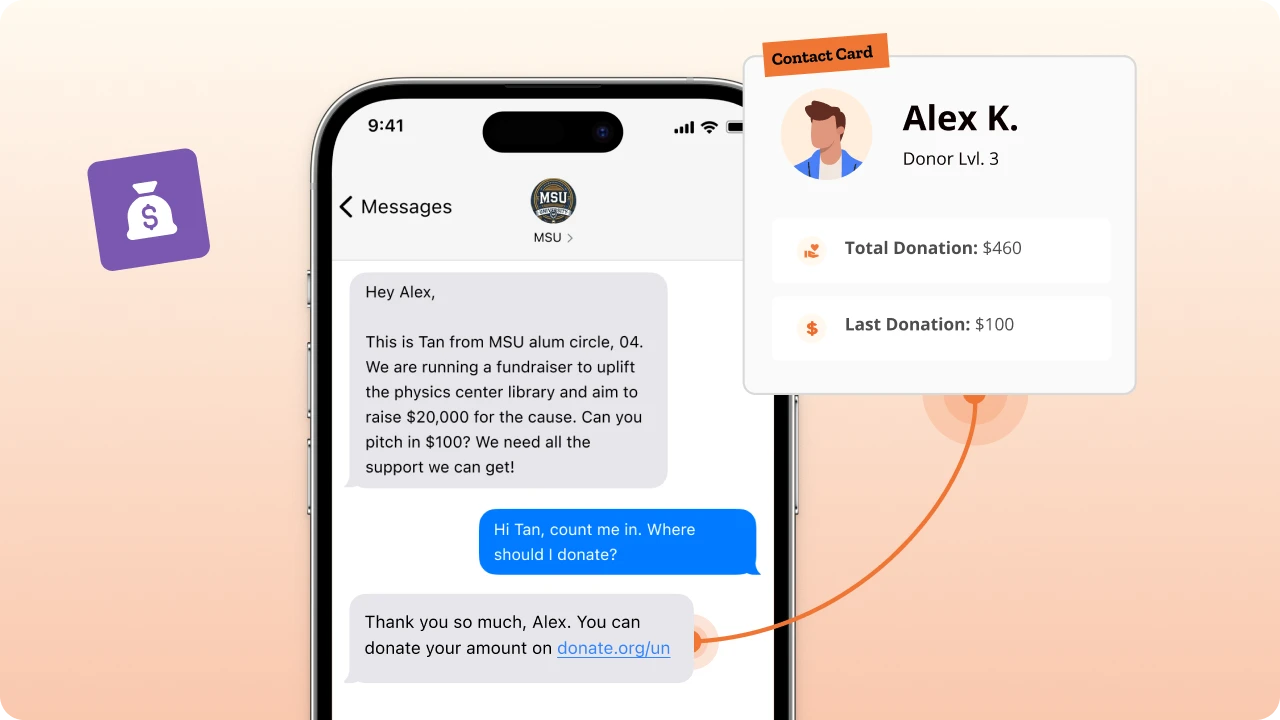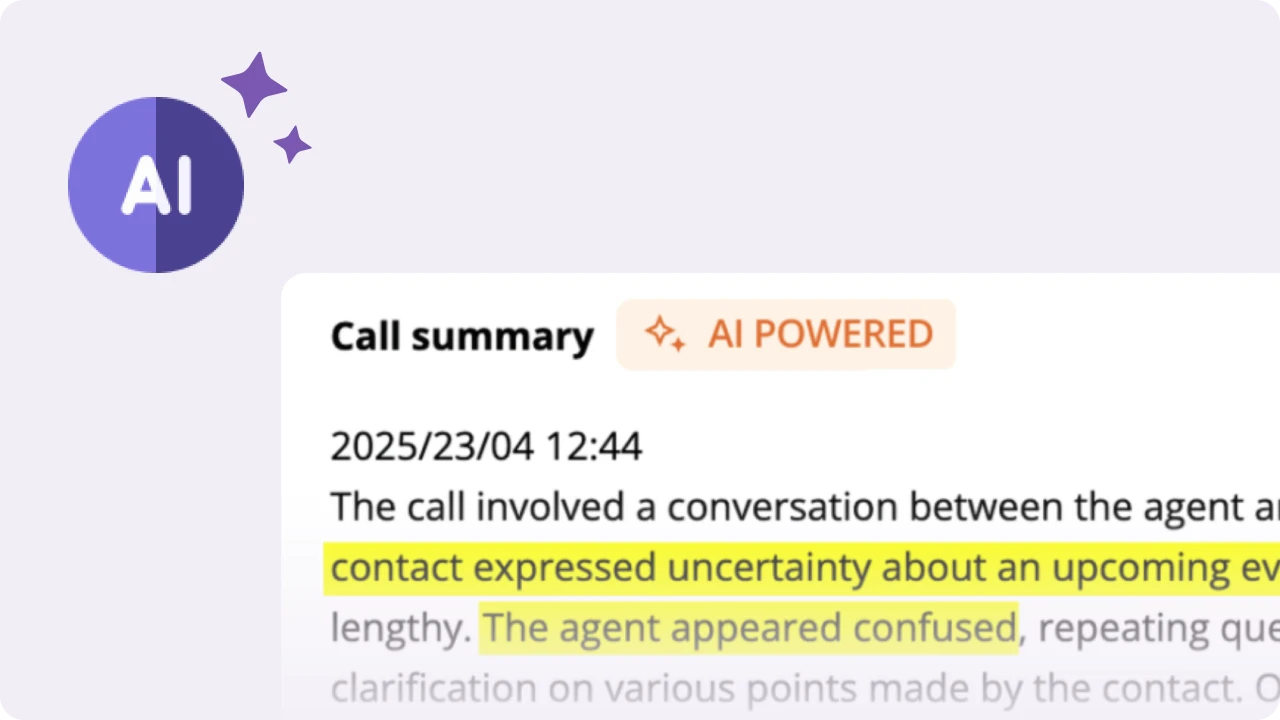Table of Contents
Nonprofits that incorporate nonprofit text messaging into their multi-channel strategies see significant lifts in engagement and fundraising. One study found that integrating peer-to-peer texting led to a 93% increase in overall revenue and a 108% increase in gifts, with a 357% ROI during year-end giving.
Now, your nonprofit perhaps already uses texting for basic outreach. This includes regular updates, reminders, and possibly a few SMS messages now and then about a new plan or a ‘Merry Christmas’ message.
But what about images? Videos? Urgent alerts? Calls to Senators? Are you customizing? Segmenting? Automating?
Now is the time to expand the scope of nonprofit text messaging and unlock its full potential. Here are some creative and practical ways to utilize text messaging at your nonprofit, along with real-world examples of unique implementations.
You can use these ideas as the kickoff for several small campaigns, to run your nonprofit more efficiently, or maybe even be inspired to launch one or two major campaigns. That’s entirely up to you. The important thing is to start messaging!
Nonprofit text messaging for two-way conversations
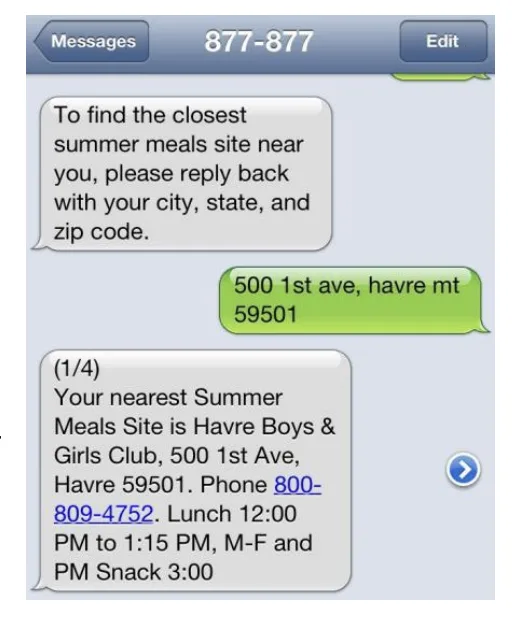
Yes, the first obvious step is to reach out to your audience via SMS. PS: Make sure they have an opt-in for your messages.
However, consider using SMS for two-way information sharing. You tell your audience something, and give them the chance to tell you something in return – conversational texting.
A one-way message blast can be easily ignored. And most of your audience will also ignore a peer-to-peer chat that just offers “want to speak to us about saving pandas?”
You increase your chances of getting a reply (and a conversation) if you can provide a service to your audience.
For example, No Kid Hungry launched a text-based lookup service that allows parents to find free summer lunch programs for their children by simply texting their location and asking any further questions.
It is a simple service, but one that keeps No Kid Hungry on people’s minds. And of course, some of those receiving the messages will eventually circle back to pay it forward.
Interactive texts like these can launch conversations that gather valuable feedback or preferences from your audience, helping you craft your message and campaigns better.
Nonprofit text messaging for customized alerts and reminders
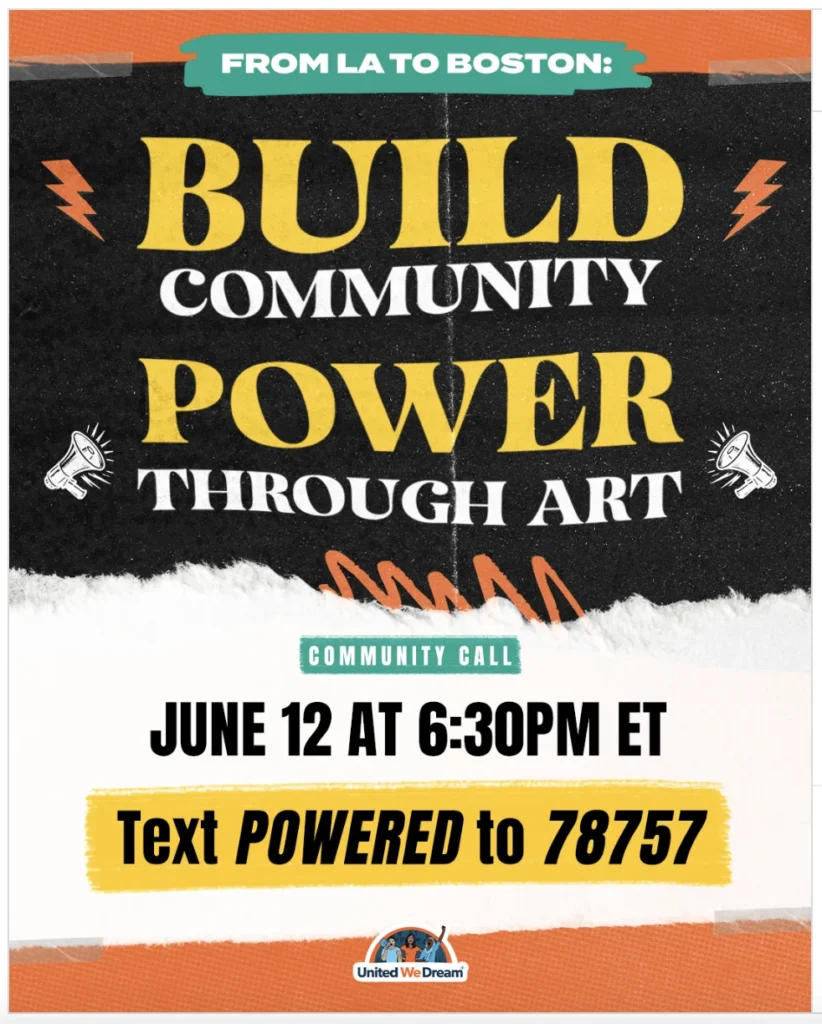
Once again, you have to keep in mind that a generic SMS message will most likely be ignored. You need to stand out. And the best way to stand out is to be useful to your audience.
Use bulk SMS campaigns to send alerts about deadlines, policy changes, or emergencies – but make sure they are highly personalized text messages to your segmented audience.
For example, United We Dream created a text reminder tool for immigrants, notifying them of essential immigration deadlines. Such reminders can be lifesaving and help ensure no one misses critical opportunities or support.
Similarly, your nonprofit should send out relevant alerts to your audience. This could be updates about necessary votes that affect them, or donation days, or even wishes for festivals, as the case may be.
The critical aspect here is that your audience must feel they got a text written for them, not a generic mass texting blast. So, ensure your texts are sent to segmented contact lists.
Volunteer coordination

Texting is a low-cost way to organize your volunteer base. Nonprofits can use SMS to schedule shifts, send last-minute updates, and coordinate logistics.
So, ensure you make full use of the texting tools CallHub offers.
For example, use ‘Text to Join’ to opt-in volunteers for particular regions or activities. And then build segmented contact lists of volunteers based on skills, interests, availability, or location – ensuring future messages are relevant and personalized.
So, if a volunteer replies to a text showing interest in phone banking, add them to a ‘phone banking volunteers’ list and send them mass text broadcasts with schedules as opportunities arise.
Take this to the next level by using peer-to-peer texting as well. This enables real-time responses, allowing volunteers to confirm attendance, ask questions, or provide feedback instantly.
Add new volunteers to a peer-to-peer chat so they can learn from the experts what they need to do. Send them regular text updates to keep them engaged.
Text-to-donate fundraising campaigns
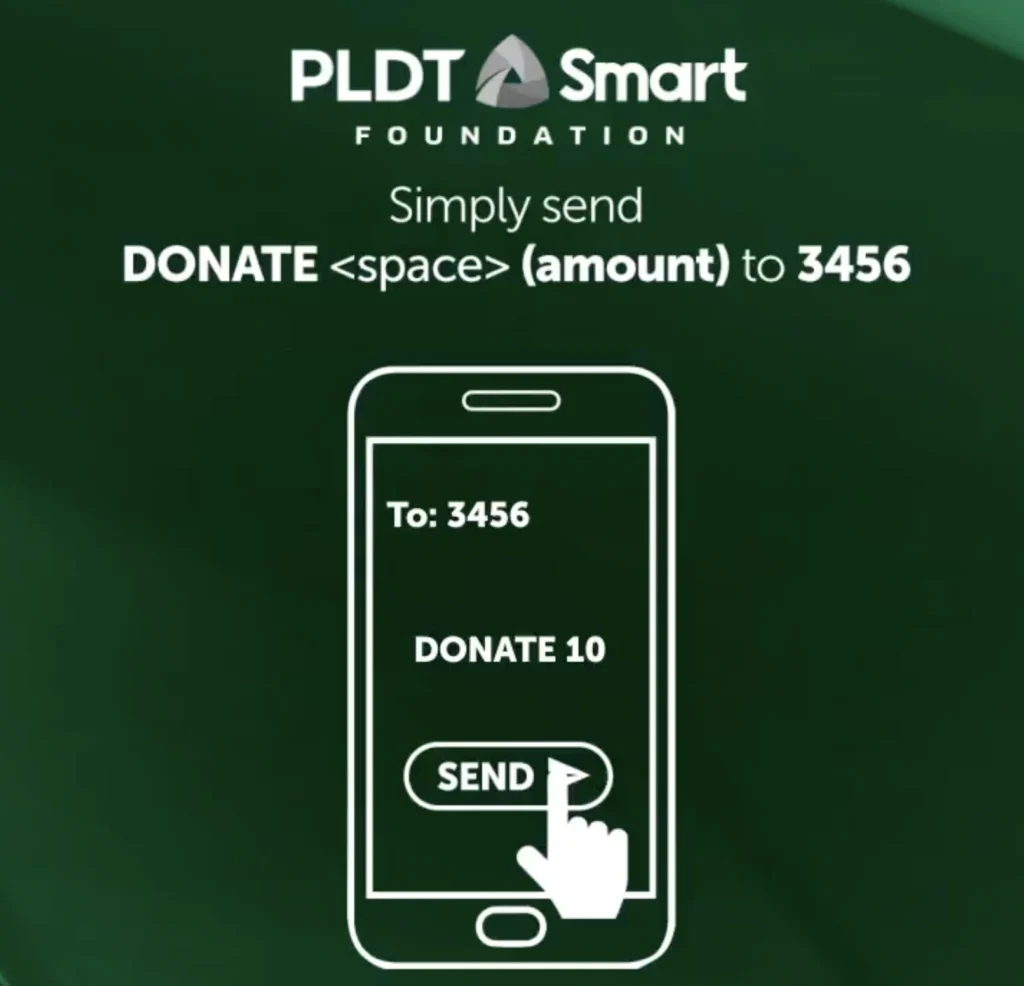
Many nonprofits run ‘text-to-give’ campaigns, where supporters text a keyword to donate instantly. This method is effective for disaster relief, political campaigns, and urgent fundraising drives.
However, this is limiting. The audience can only donate fixed, pre-decided amounts, and there is very little scope for further interaction or questions, beyond an SMS in response. And they are usually already aware of the issue and wish to make an instant difference, without commitment.
However, as a nonprofit, your goal should be to develop recurring, long-term donors, who are convinced by your cause – not just during emergencies. Text to donate campaigns should be a regular feature of your campaign schedule, using texts.
| A 2023 study by Neon One found that the lifetime donation amount of a non-recurring donor is approximately $ 3,500. Meanwhile, a recurring donor stays for nearly 8 years on average and ultimately gives closer to $ 7,500. |
Use CallHub’s text broadcast system to craft the perfect donation message, and give a URL through which the audience can donate (PS: You can track activity on the URL via shortened links.)
In this new online donation form, not only is the donor free to donate any amount they wish, but you can also pack it with relevant information or messages that boost donation rates.
Personalized thank-you and impact updates
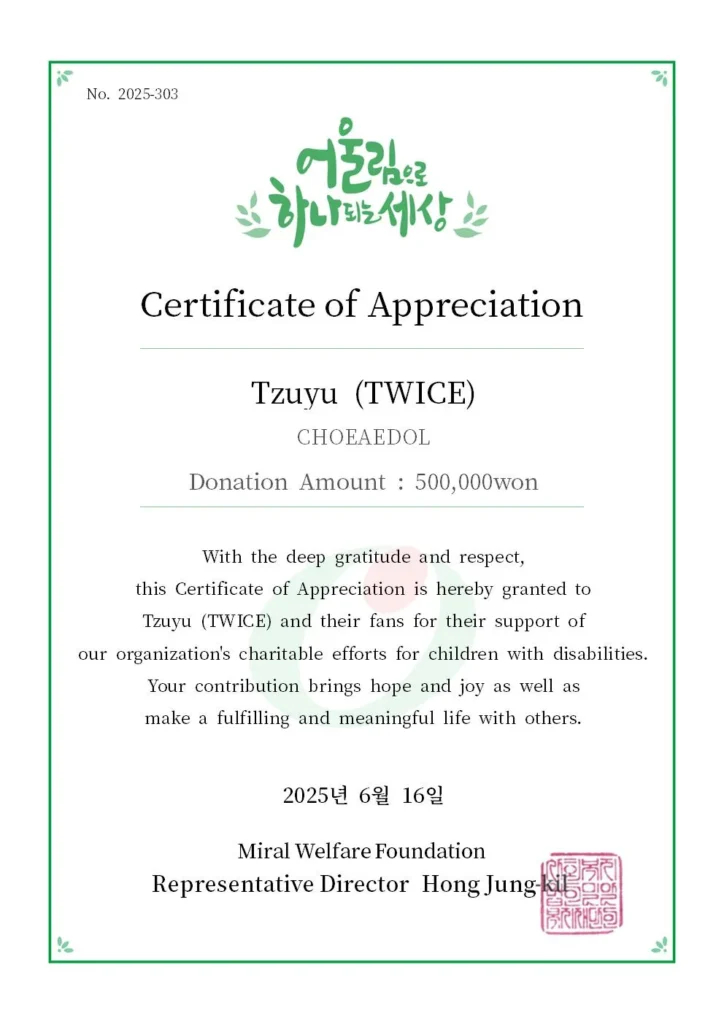
Use regular text broadcasting campaigns to follow up with donors and volunteers by sending personalized thank-you messages and sharing the impact of their support.
These updates help build loyalty and show tangible results, keeping supporters invested in your mission.
Thanking donors is critical to retaining them, or getting them to donate again. A timely thank you note often drives this retention, along with project updates.
As a nonprofit, you must ensure your thank-you notes are both in time and personalized. Customize them based on the amount donated, the project for which the donation was made, the impact of the donation, and whether the donor has made a donation before.
You can collect this data through their donation links and blend it with tags added by your team, during peer-to-peer texting conversations and phone calls via call center campaigns. Ensure that you sync all this data from CallHub to your CRM, and you are ready to create segmented lists for broadcasting.
For example, your thank you note can be – “Hey (first name), thank you for your (donation amount) to save the pandas. This money has helped us feed 19 pandas for ten days. Check out pictures of happy pandas here (shortened URL).”
| SMS outreach campaigns: It doesn’t have to be all serious |
| The Oregon Humane Society sent out SMS alerts to people in the voice of a cat, telling people about their work and the shelter. Donations increased by 121%! Sometimes, making people smile is the right way to go. |
Advocacy alerts via SMS

VoterVoice’s 2023 Advocacy Benchmark Report found that over 6.4 million advocacy texts were sent in 2022, with action rates for SMS reaching a record 2.2%. This doesn’t sound like much until you consider scale.
Advocacy organizations such as The Humane Society, Greenpeace, and the ACLU have successfully used SMS to mobilize supporters for urgent actions, sign petitions, and attend rallies.
Whatever your nonprofit’s cause may be, a text broadcast blasted to all your contacts will definitely have a higher open rate and clickthrough rate than, say, email or phone calls.
Use texts for all kinds of alerts – from petitions to sign urgently, to calling legislators, to invitations for rallies or protests.
Event invitations and RSVPs
Event invitations can be sent via SMS – which is a one-way chat. Expand this into a full user journey.
Begin with the invitation, customized to people based on their tastes. From there, create separate messaging lists for those who said yes by asking them to reply as RSVP.
Ensure you send reminder texts at regular intervals and a detailed text on the day of the event.
Through CallHub’s Workflows, you can automate the process – sending messages automatically on a fixed schedule. Automated SMS flows can gather attendee information, confirm participation, and provide last-minute details, ensuring a smooth event management process.
Don’t forget to send a thank-you message after the event to all who participated, and a “wish you were there” message to those who couldn’t attend.
Use SMS to supercharge outreach
Text messaging is more than just a communication channel. It’s a versatile, high-impact tool that can transform how your nonprofit connects, mobilizes, and grows. By expanding your SMS strategy to include these ideas, you can deepen relationships, increase engagement, and drive real-world impact for your cause.
Ready to take your nonprofit’s text messaging to the next level? Start by piloting one or two new approaches, measure your results, and keep innovating. Start here!

